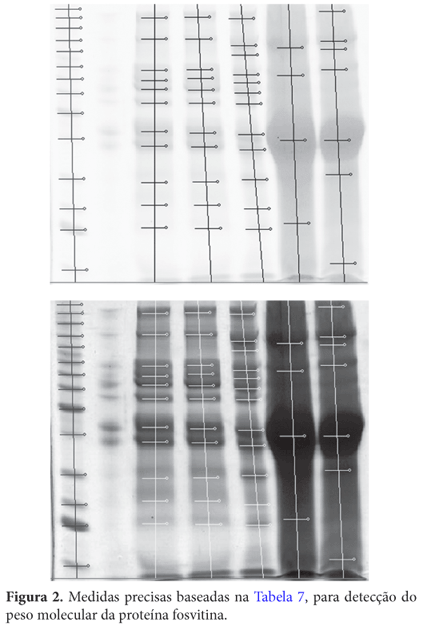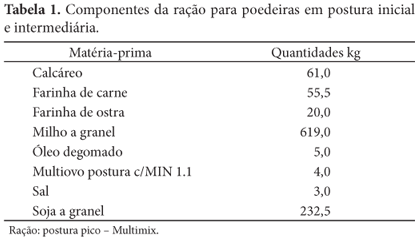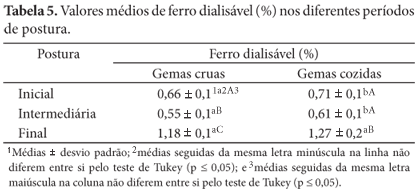The egg is the product of efficient biological transformation made by a laying hen. It has high nutritional value for human consumption. Most of the iron in egg yolk is bound by phosvitin, a major protein present in the egg yolk. Iron deficiency normally occurs due to insufficient intake of dietary iron or its low the bioavailability. The objective of this research was to verify the protein concentration, specially the phosvitin/lipovitelin in egg yolks of raw and cooked eggs in different posture cycles (initial, intermediate, final), and to evaluate the interference of this protein in the availability of the iron micronutrient. The treatments were carried in different periods using raw and cooked eggs. The yolks of raw eggs of laying hens were used in the initial, intermediate and final phases of posture and yolks of cooked eggs in the three posture cycles. Analyses of proximal composition, concentration of total and available iron, protein concentration in egg yolks, and eletrophoresis in poliacrilamida (SDS-PAGE) were performed. There was difference in the protein concentration and in the levels of iron availability in the three posture cycles. After running through the cycle (initial, intermediate, and final), the eggs yolks of the older hens presented an increased amount of available iron and lower amount of proteins, specially the fosvitin/lipovitelin, if compared to the initial and intermediate cycles. The highest iron availability content was found in cooked egg yolks and in hens in the final posture cycle.
egg; yolk; iron; age; availability; hens









